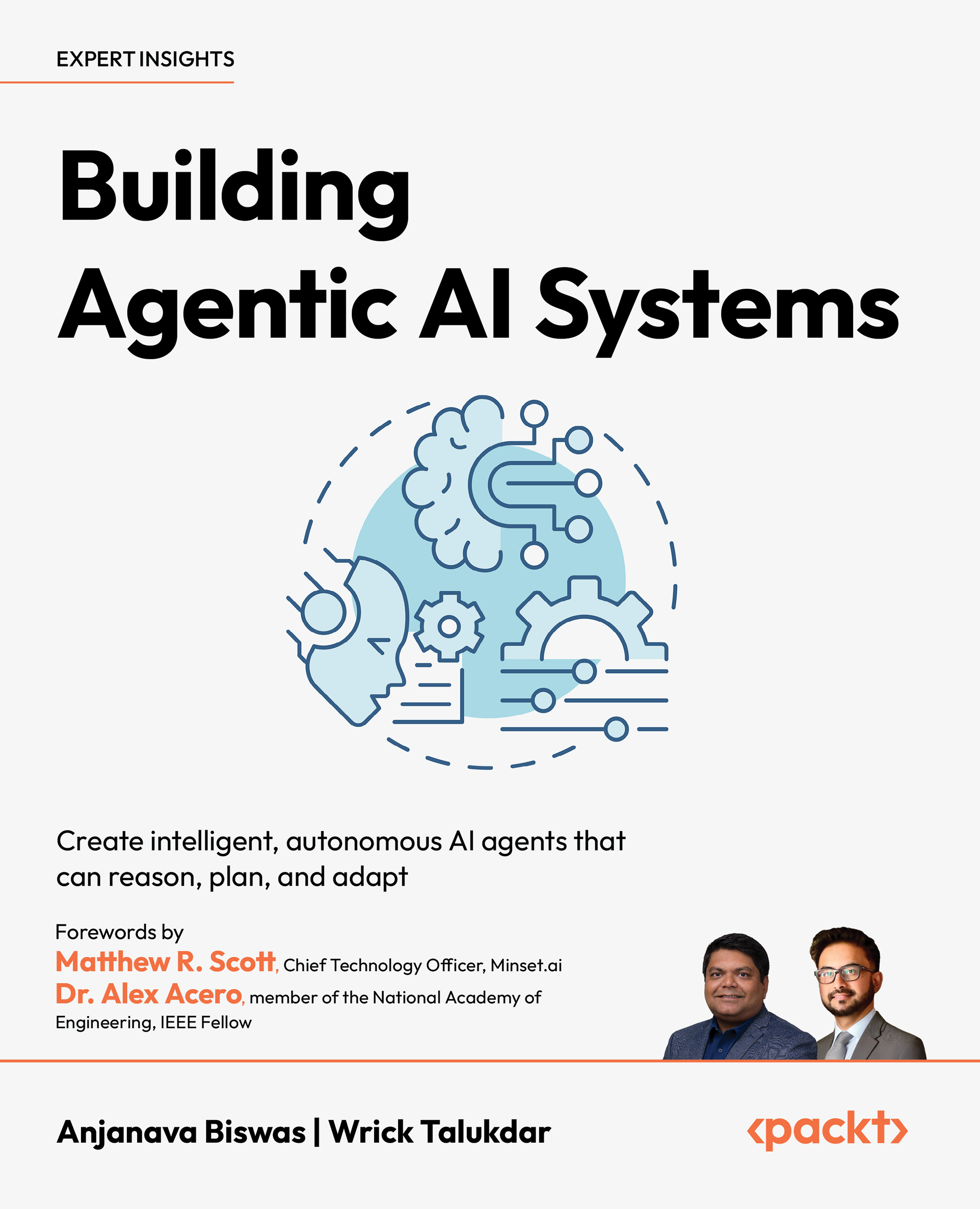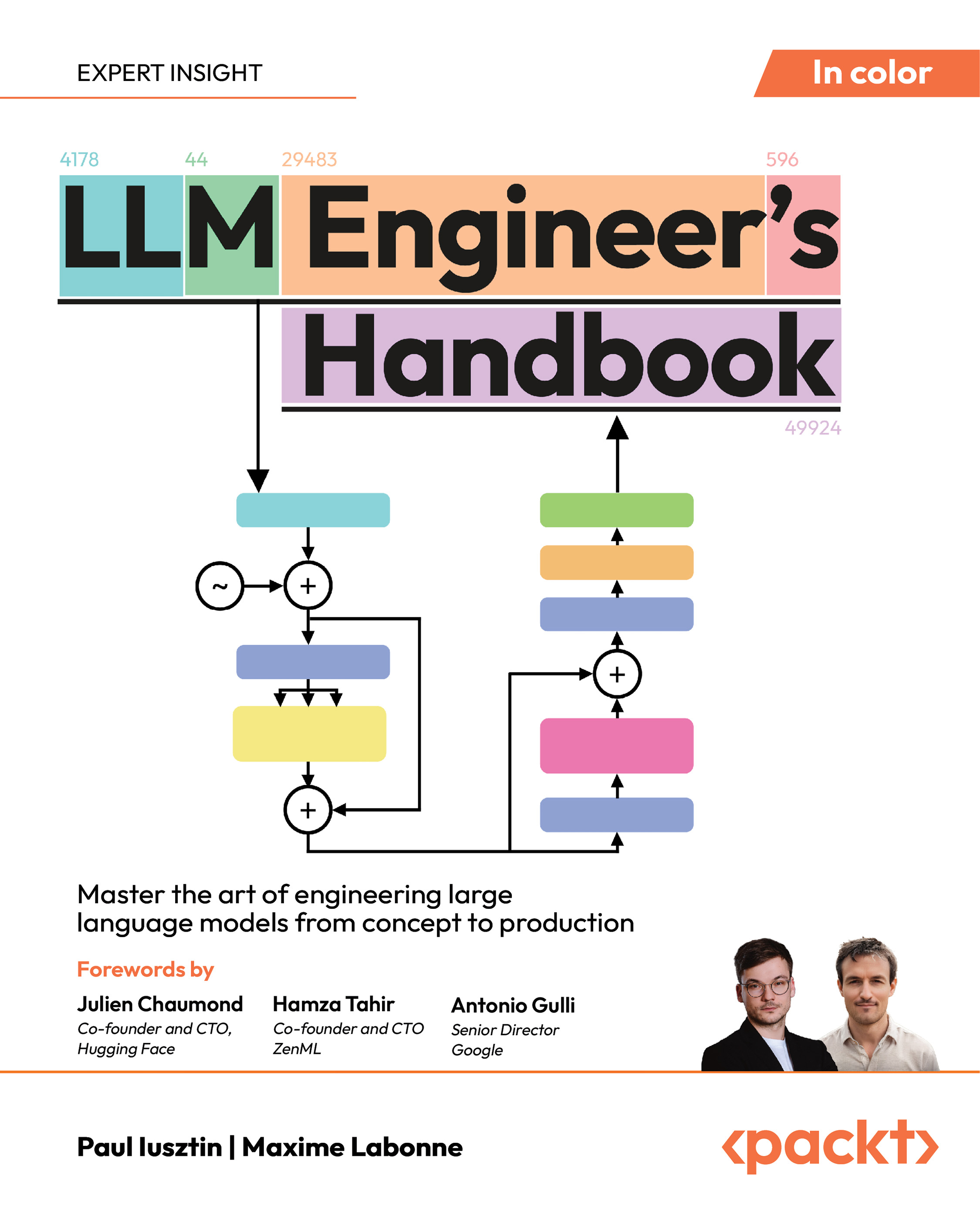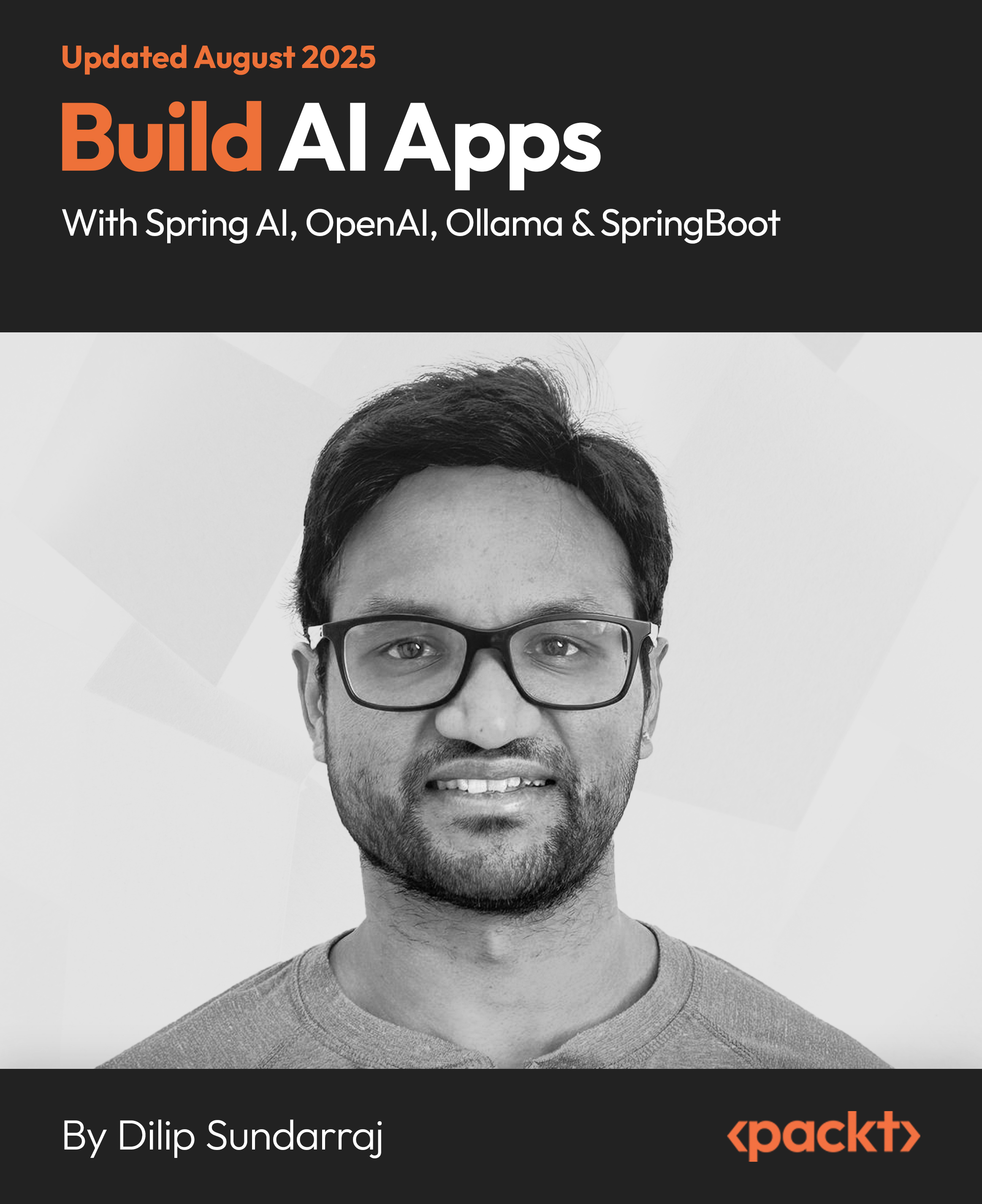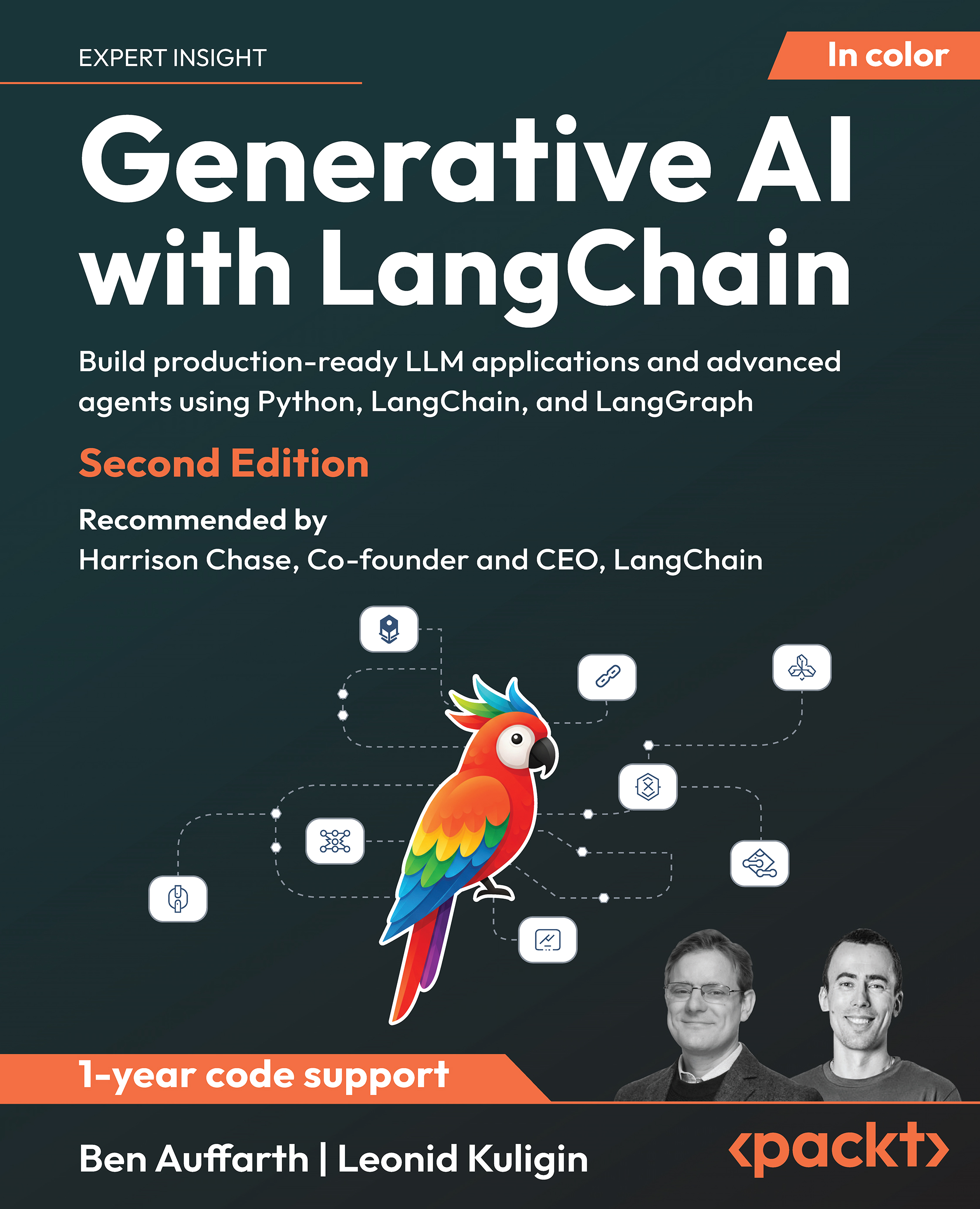As part of a successful deployment of Qlik Sense, it is important IT recognizes self-service Business Intelligence to have its own dynamics and adoption rules. The various use cases and subsequent user groups thus need to be assessed and captured. Governance should always be present but power users should never get the feeling that they are restricted. Once they are won over, the rest of the traction and the adoption of other user types is very easy. In this article, we will look at the most important points to keep in mind while deploying self-service with Qlik Sense.
The following excerpt is taken from the book Mastering Qlik Sense, authored by Martin Mahler and Juan Ignacio Vitantonio. This book demonstrates useful techniques to design useful and highly profitable Business Intelligence solutions using Qlik Sense.
Here's the list of points to be kept in mind:
Qlik Sense is not QlikView
Not even nearly. The biggest challenge and fallacy is that the organization was sold, by Qlik or someone else, just the next version of the tool. It did not help at all that Qlik itself was working for years on Qlik Sense under the initial product name Qlik.Next. Whatever you are being told, however, it is being sold to you, Qlik Sense is at best the cousin of QlikView. Same family, but no blood relation.
Thinking otherwise sets the wrong expectation so the business gives the wrong message to stakeholders and does not raise awareness to IT that self-service BI cannot be deployed in the same fashion as guided analytics, QlikView in this case. Disappointment is imminent when stakeholders realize Qlik Sense cannot replicate their QlikView dashboards.
Simply installing Qlik Sense does not create a self-service BI environment
Installing Qlik Sense and giving users access to the tool is a start but there is more to it than simply installing it. The infrastructure requires design and planning, data quality processing, data collection, and determining who intends to use the platform to consume what type of data. If data is not available and accessible to the user, data analytics serve no purpose.
Make sure a data warehouse or similar is in place and the business has a use case for self-service data analytics. A good indicator for this is when the business or project works with a lot of data, and there are business users who have lots of Excel spreadsheets lying around analyzing it in different ways. That’s your best case candidate for Qlik Sense.
IT to monitor Qlik Sense environment rather control
IT needs to unlearn to learn new things and the same applies when it comes to deploying self-service. Create a framework with guidelines and principles and monitor that users are following it, rather than limiting them in their capabilities. This framework needs to have the input of the users as well and to be elastic.
Also, not many IT professionals agree with giving away too much power to the user in the development process, believing this leads to chaos and anarchy. While the risk is there, this fear needs to be overcome. Users love data analytics, and they are keen to get the help of IT to create the most valuable dashboard possible and ensure it will be well received by a wide audience.
Identifying key users and user groups is crucial
For a strong adoption of the tool, IT needs to prepare the environment and identify the key power users in the organization and to win them over to using the technology. It is important they are intensively supported, especially in the beginning, and they are allowed to drive how the technology should be used rather than having principles imposed on them. Governance should always be present but power users should never get the feeling they are restricted by it. Because once they are won over, the rest of the traction and the adoption of other user types is very easy.
Qlik Sense sells well–do a lot of demos
Data analytics, compelling visualizations, and the interactivity of Qlik Sense is something almost everyone is interested in. The business wants to see its own data aggregated and distilled in a cool and glossy dashboard. Utilize the momentum and do as many demos as you can to win advocates of the technology and promote a consciousness of becoming a data-driven culture in the organization. Even the simplest Qlik Sense dashboards amaze people and boost their creativity for use cases where data analytics in their area could apply and create value.
Unlock access to the largest independent learning library in Tech for FREE!
Get unlimited access to 7500+ expert-authored eBooks and video courses covering every tech area you can think of.
Renews at $19.99/month. Cancel anytime
Promote collaboration
Sharing is caring. This not only applies to insights, which naturally are shared with the excitement of having found out something new and valuable, but also to how the new insight has been derived. People keep their secrets on the approach and methodology to themselves, but this is counterproductive. It is important that applications, visualizations, and dashboards created with Qlik Sense are shared and demonstrated to other Qlik Sense users as frequently as possible.
This not only promotes a data-driven culture but also encourages the collaboration of users and teams across various business functions, which would not have happened otherwise. They could either be sharing knowledge, tips, and tricks or even realizing they look at the same slices of data and could create additional value by connecting them together.
Market the success of Qlik Sense within the organization
If Qlik Sense has had a successful achievement in a project, tell others about it. Create a success story and propose doing demos of the dashboard and its analytics. IT has been historically very bad in promoting their work, which is counterproductive. Data analytics creates value and there is nothing embarrassing about boasting about its success; as Muhammad Ali suggested, it’s not bragging if it’s true.
Introduce guidelines on design and terminology
Avoiding the pitfalls of having multiple different-looking dashboards by promoting a consistent branding look across all Qlik Sense dashboards and applications, including terminology and best practices. Ensure the document is easily accessible to all users. Also, create predesigned templates with some sample sheets so the users duplicate them and modify them to their liking and extend them, applying the same design.
Protect less experienced users from complexities
Don’t overwhelm users if they have never developed in their life. Approach less technically savvy users in a different way by providing them with sample data and sample templates, including a library of predefined visualizations, dimensions, or measures (so-called Master Key Items). Be aware that what is intuitive to Qlik professionals or power users is not necessarily intuitive to other users – be patient and appreciative of their feedback, and try to understand how a typical business user might think.
For a strong adoption of the tool, IT needs to prepare the environment and identify the key power users in the organization and win them over to using the technology. It is important they are intensively supported, especially in the beginning, and they are allowed to drive how the technology should be used rather than having principles imposed on them.
If you found the excerpt useful, make sure you check out the book Mastering Qlik Sense to learn more of these techniques on efficient Business Intelligence using Qlik Sense.
Read more
How Qlik Sense is driving self-service Business Intelligence
Overview of a Qlik Sense® Application’s Life Cycle
What we learned from Qlik Qonnections 2018
 United States
United States
 Great Britain
Great Britain
 India
India
 Germany
Germany
 France
France
 Canada
Canada
 Russia
Russia
 Spain
Spain
 Brazil
Brazil
 Australia
Australia
 Singapore
Singapore
 Canary Islands
Canary Islands
 Hungary
Hungary
 Ukraine
Ukraine
 Luxembourg
Luxembourg
 Estonia
Estonia
 Lithuania
Lithuania
 South Korea
South Korea
 Turkey
Turkey
 Switzerland
Switzerland
 Colombia
Colombia
 Taiwan
Taiwan
 Chile
Chile
 Norway
Norway
 Ecuador
Ecuador
 Indonesia
Indonesia
 New Zealand
New Zealand
 Cyprus
Cyprus
 Denmark
Denmark
 Finland
Finland
 Poland
Poland
 Malta
Malta
 Czechia
Czechia
 Austria
Austria
 Sweden
Sweden
 Italy
Italy
 Egypt
Egypt
 Belgium
Belgium
 Portugal
Portugal
 Slovenia
Slovenia
 Ireland
Ireland
 Romania
Romania
 Greece
Greece
 Argentina
Argentina
 Netherlands
Netherlands
 Bulgaria
Bulgaria
 Latvia
Latvia
 South Africa
South Africa
 Malaysia
Malaysia
 Japan
Japan
 Slovakia
Slovakia
 Philippines
Philippines
 Mexico
Mexico
 Thailand
Thailand














